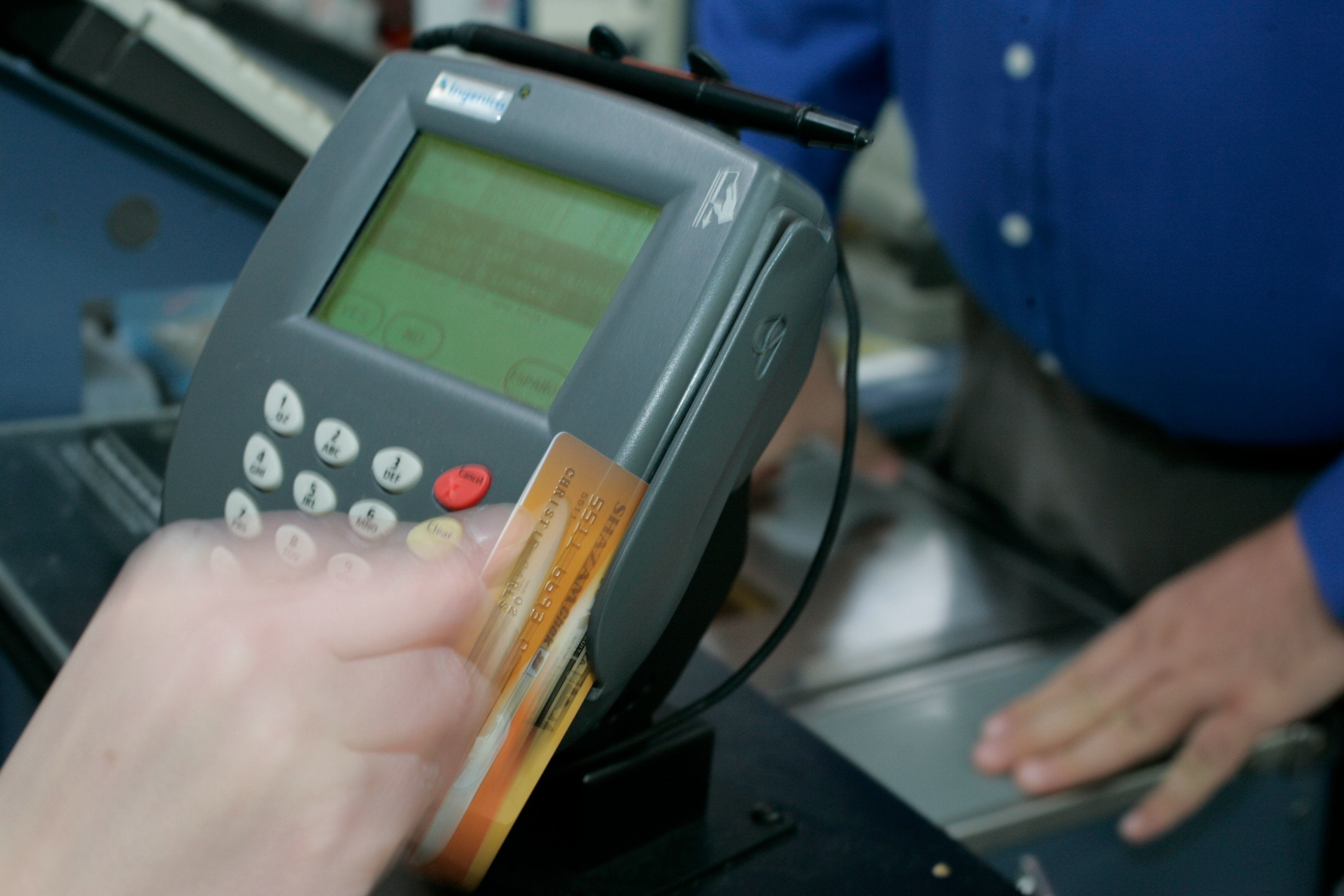
VIRAL AD FROM 1996 PREDICTS $16 BURGER AND $65K 'BASIC CAR': HOW ACCURATE IS IT?
An ad from 1996 is circulating the internet after some say it accurately predicts today's high living costs.
The Teachers Insurance and Annuity Association of America (TIAA) and College Retirement Equities Fund (CREF) placed the ad in a magazine nearly 30 years ago. It reads, "In thirty years a burger & fries could cost $16, a vacation $12,500, and a basic car $65,000.”
It continues, "You’ll eat in. You won’t drive. And you won’t go anywhere.”
Start the day smarter. Get all the news you need in your inbox each morning.
While a $16 burger and fries meal would be a reasonable price in some high cost of living U.S cities, the price cited for a "basic car" seems a bit steep. Reddit users pointed out that the cost of vacation can vary dramatically. One user wrote, “Vacation” is far too broad to judge accuracy." A hefty price of $12,500 for a single vacation may be the cost of a large family going on an international trip.
More ways to save: Visit USA TODAY's coupons page for deals from thousands of vendors
These cost estimates from 1996 weren't picked out of the blue.
Economists and financial planners use price growth measurements over the past several decades to help estimate how much basic living costs will increase in the future.
How accurate is the ad?
The '96 ad predicted a burger and fries will cost $16 in 2026. While the cost of a fast food meal varies by location, it is accurate that the cost of eating out has increased in the past 30 years. Five Guys was recently blasted for their pricy burgers. In Columbus, Ohio, a bacon cheeseburger costs $12.99. But in New York City that same menu item costs $13.09. It's even more pricey in Los Angeles: $14.39. At a fast food joint like Wendy's, prices for burgers in New York City range from a Jr. hamburger costing $2.59 to a pretzel Baconator worth $10.79.
Prices for new cars can vary, according to Consumer Reports. The average cost of a new car is above $48,000, but there are many options below $30,000 for consumers interested in purchasing a new vehicle. For example, a new Honda Civic has a starting base price of $23,950. A brand new luxury SUV like a BMW X5 has an average selling price of $80,107.
Bankrate reports that the average cost of a one-week vacation in the U.S., is $1,984 for one person. That amount fluctuates depending on the number of people going on vacation and the location of the trip.
Prices rise over the past 3 decades
Inflation is a "generalized rise in prices," Josh Bivens, the director of research at the Economic Policy Institute, a left-leaning think tank based in Washington D.C, previously told USA TODAY. Goods like gas, rent or food can be impacted by inflation. The most common cause of inflation is "a macroeconomic excess of spending over the economy's relative ability to produce goods and services," Bivens said.
It's expected that prices rise throughout the U.S. economy each year: A small amount of inflation is a sign of a healthy economy, Bankrate reported. Small amounts of inflation can help businesses grow through hiring and increases to consumer wages. The fed currently targets a 2% annual inflation rate.
Here is how inflation has changed over the past 3 decades:
Americans are spending more of their disposable income on food, compared to the past decade.
Americans spent 11.3% of their disposable income on food, according to the U.S. Department of Agriculture. The percentage of income spent on food in 2022 was comparable to the rate in the 1980s.
Savings: How much money should I have saved?
What lessons can we take away from the 1996 ad?
The nearly-30 year old ad says that in response to increased prices “You’ll eat in. You won’t drive. And you won’t go anywhere.” The ad may be interpreted as dramatic, but Americans are feeling the effects of rising consumer costs.
The ad shares an important outlook for future generations: How should we anticipate prices change in the coming decades? Understanding how costs of living will fluctuate can help people plan for retirement and achieve other financial goals.
Contributing: Olivia Munson and Elisabeth Buchwald
This article originally appeared on USA TODAY: Viral ad from 1996 predicts $16 burger and $65k 'basic car': How accurate is it?
2024-05-07T23:02:49Z dg43tfdfdgfd